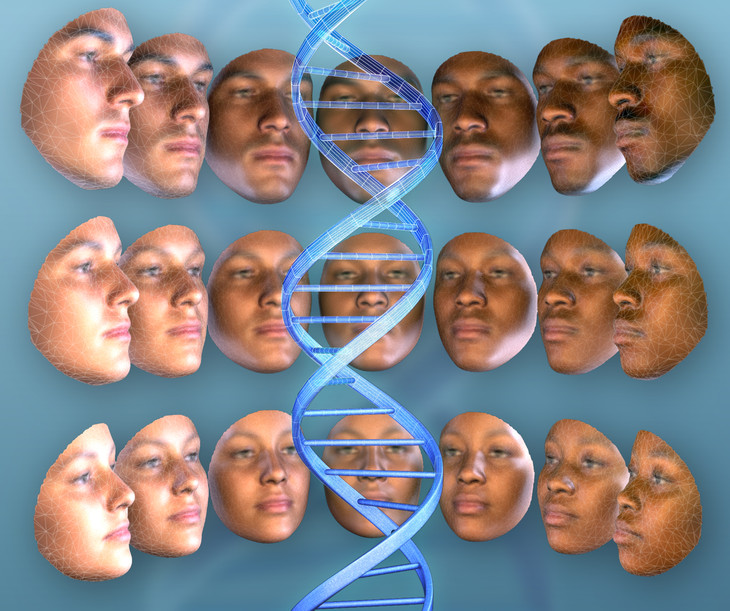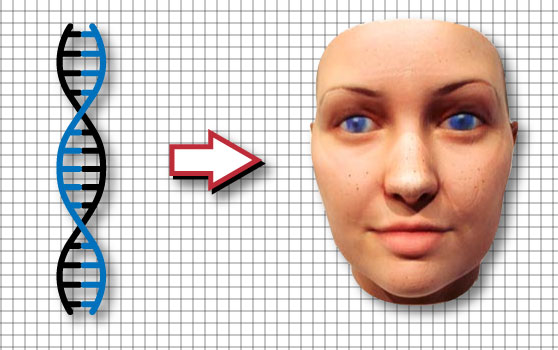DNA Phenotyping & Racial Discrimination

By: Liam Izaddoust
How exactly do police officers catch a criminal with a single strand of hair?
A new biotechnology known as DNA Phenotyping has gained popularity in the criminal justice sector as it shows promising outcomes for solving unsolved crimes. DNA Phenotyping is a method of predicting a person’s physical appearance by looking at their DNA collected from sequencing. By comparing the genetic profiles of short tandem repeats of biological samples of unknown origin with those of reference samples, DNA obtained from biological samples can be used to identify material and map out a person’s physical appearance including eye color, hair color, and more (Marano, et al., 2018). A “snapshot” is then created to paint a clearer picture of the unidentified person.

This new technology has the power to help police enforcement agencies in criminal investigations. DNA phenotyping has also recently gained popularity in the Genetic Ancestry field, where people can find their genetic makeup and use it as a tool to find relatives. However, despite the promising possibilities presented by DNA phenotyping, there are various ethical implications that must be taken into consideration before fully implementing such techniques across all sectors. This project aims to explore the various ethical implications posed by DNA Phenotyping in all aspects of society.
comments powered by Disqus